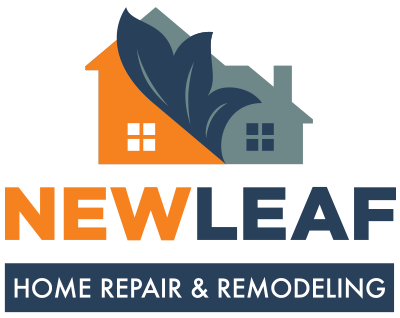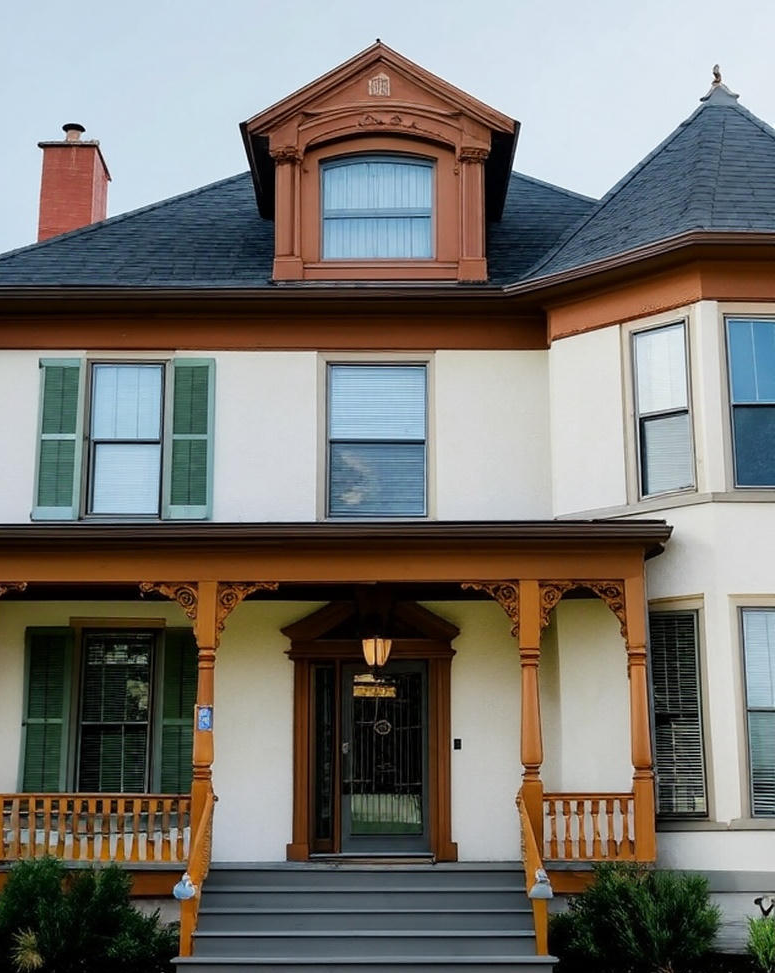Historic Home Remodeling Tips in Greater Cincinnati
- Research suggests that historic home remodels in Greater Cincinnati should prioritize code compliance to preserve structural integrity, thereby enhancing property value while maintaining charm.
- It seems likely that blending modern upgrades with period details appeals to local buyers, with Greater Cincinnati seeing rising interest in historic properties in 2025.
- The evidence leans toward professional guidance for navigating Ohio’s regulations, ensuring safety while retaining architectural heritage.
Why Historic Remodels Matter in Greater Cincinnati
Updating historic homes enhances livability while respecting their legacy, potentially avoiding code violations. Local expertise can guide through permits and zoning.
Key Tips for Success
Focus on reversible changes like period-appropriate paint and updated wiring; consult pros for structural work. In Greater Cincinnati, prioritize energy-efficient windows that mimic original styles.
Before and After Inspiration
A project in Greater Cincinnati transformed a 1920s home, adding modern insulation while preserving oak trim—details to inspire your remodel.
In the evolving landscape of home design for 2025, historic remodeling in Greater Cincinnati stands as a testament to blending heritage with functionality. As October 10, 2025, brings transitional weather, research underscores a surge in interest driven by appreciation for architectural charm amid a market favoring preserved properties. This guide offers expert tips to navigate the balance between Ohio’s building codes and the retention of period details, drawing from successful projects across the area. It seems likely that these insights will empower homeowners to enhance livability—addressing issues like outdated wiring or poor insulation—while maintaining the region's rich history. The evidence leans toward professional collaboration, ensuring safety and heritage coexist, making this essential for anyone in Greater Cincinnati’s historic districts.
Understanding Historic Home Remodeling in Greater Cincinnati
Greater Cincinnati’s architectural tapestry—spanning Victorian, Craftsman, and Gothic Revival styles—defines neighborhoods where homes often date back to the early 20th century. These properties, valued for features like oak moldings and stained glass, face challenges: Aging infrastructure clashes with modern safety standards, while humid summers and freeze-thaw winters exacerbate wear on original materials. Ohio’s building codes, enforced by local jurisdictions like Hamilton County, mandate updates to electrical systems, plumbing, and structural elements. Yet, the charm—intricate trim, hardwood floors—drives demand, with 2025 data showing increased buyer preference for historic integrity. Balancing these requires a strategic approach, merging reverence for the past with practical upgrades.
Key Tips for Balancing Code and Charm
Navigating a historic remodel demands a dual focus: Compliance ensures safety, while preservation retains value. Start with a professional assessment to identify code needs like updated smoke detectors or reinforced foundations. Here’s how to proceed:
- Permits and Zoning: Obtain permits early from Cincinnati’s Historic Conservation Office, which reviews changes to exteriors or load-bearing walls. Approval timelines span 2-6 weeks.
- Reversible Updates: Opt for period-appropriate paint and reversible fixtures like reproduction hardware, avoiding permanent alterations to original plaster or brick.
- Electrical and Plumbing Upgrades: Retrofit wiring with concealed conduit to preserve wall aesthetics. Replace outdated pipes, ensuring code adherence while minimizing disruption.
- Eco-Efficiency with Character: Install storm windows mimicking original sash designs to meet Ohio’s 2025 energy codes, retaining historic lines while improving insulation.
- Structural Integrity: Reinforce sagging beams or chimneys with supports hidden behind original facades, complying with load requirements without altering charm.
Local codes often allow variances for historic homes, but documentation—e.g., photos of original features—strengthens cases. Consult architects familiar with Greater Cincinnati’s zoning for tailored solutions.
Navigating Challenges and Local Considerations
Challenges include overruns from material sourcing and finding skilled labor versed in historic methods. In Greater Cincinnati, where many homes predate 1950, neighbors often value original facades, necessitating community input during zoning reviews. Ohio’s climate demands moisture barriers to protect restored wood from rot, a frequent issue in humid summers. For debate—DIY vs. pro—while paint touch-ups are manageable, structural or electrical work requires licensed pros to ensure compliance, balancing effort with reliability.
Future-Proofing Your Historic Remodel
Look to 2025 trends: Smart thermostats with historic casings blend tech and charm, while solar panels on rear roofs leverage Ohio’s incentives, discreetly modernizing energy use. Annual inspections prevent code drift, ensuring longevity.
In conclusion, historic home remodeling in Greater Cincinnati thrives on balancing code with charm, guided by local expertise. At New Leaf Home Repair & Remodeling, we specialize in these transformations, offering $75 in-person estimates to tailor your project—visit newleafcincy.com to start preserving your home’s legacy today.


